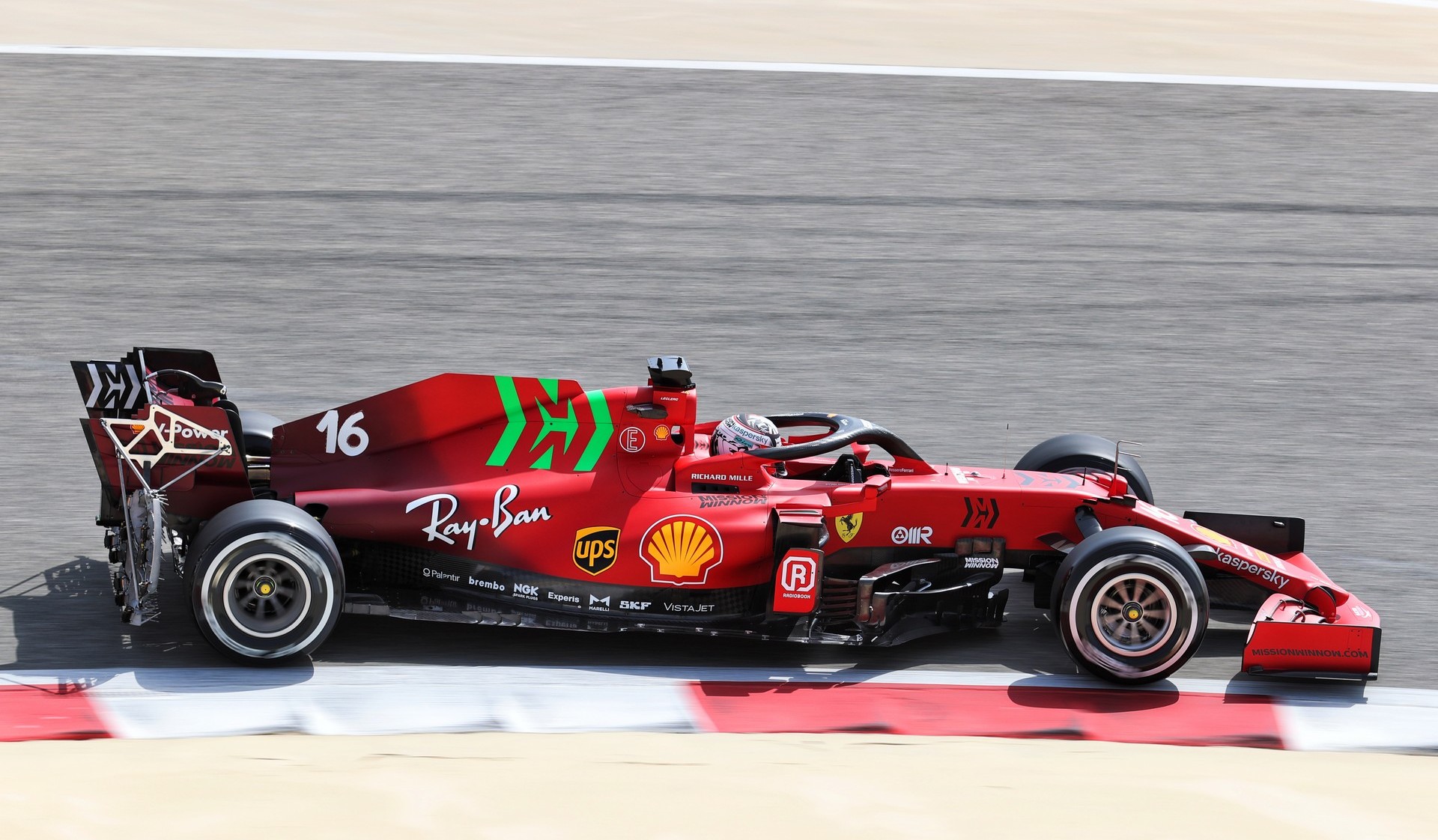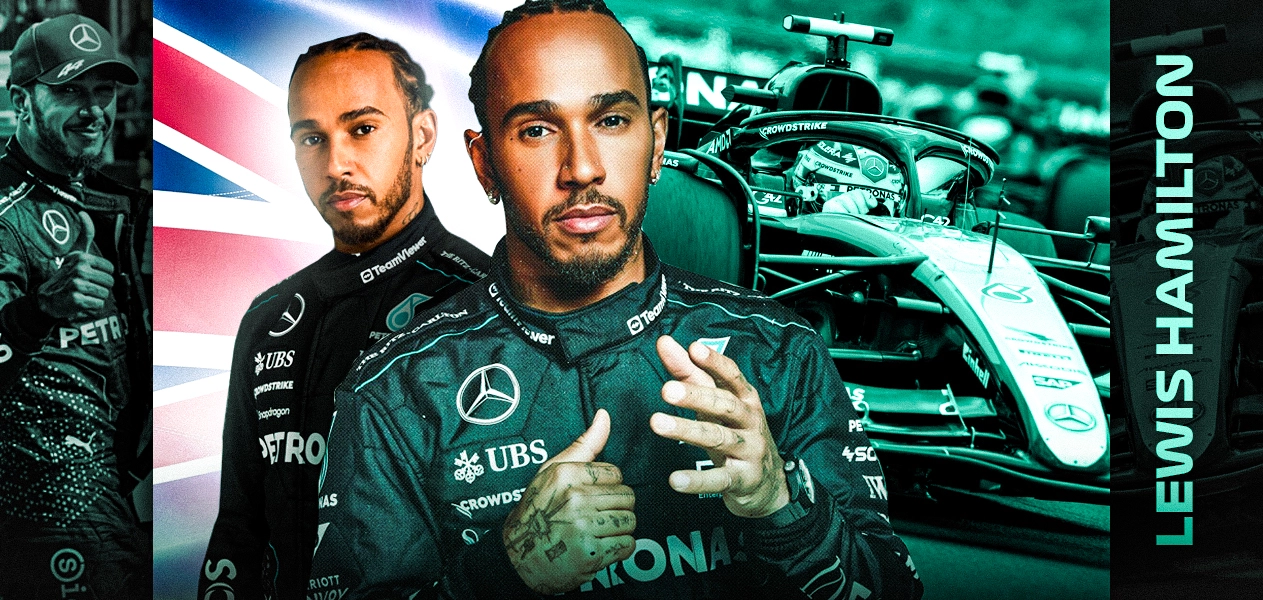Ahead of the Bahrain Grand Prix, Formula One officially kicks off from the pre-season testing, which concluded from the 12th to the 14th of March. The curtailed three-day event was held in Bahrain, two weeks before the first Formula One race weekend of 2021.
All 10 teams participated in the pre-season testing to test the changes/new parts introduced to the 2020 cars. The teams test for single lap pace under qualifying scenario, race start scenario. Teams also try to gather data on long-run pace to mimic in-race conditions to understand if the changes introduced have helped improve the car’s speed and drivability.
For keen-eyed viewers, testing is the first real opportunity to figure out what the pecking order might look like on race weekend. Last season saw Mercedes debut the revolutionary Dual-Axis Steering (DAS) system, which was later banned. The 2020 testing also saw the debut of Racing Point’s “Pink Mercedes”, which was dubbed that name due to its striking resemblance to the 2019 Mercedes.
Thus, a lot of information can be extracted from the pre-season testing, which can help viewers feel how things might shape up for the first Grand Prix. But what exactly happens during pre-season testing? Let’s answer some basic questions about the format, rules and regulations and what we learnt from this year’s pre-season testing.
Where is the 2021 pre-season testing taking place?
The 2021 pre-season testing took place at the Bahrain International Circuit, where the Bahrain Grand Prix is held. Bahrain was chosen because of the 2021 Formula 1 season kicks-off with the Bahrain Grand Prix on the 28th of March. With Covid restrictions leading to a new-look calendar and travel restrictions, Formula One decided to move pre-season testing from their traditional venue of Circuit de Barcelona-Catalunya to the venue of the season opener.
Why is the pre-season testing important?
As mentioned previously, pre-season testing is the first opportunity that teams get to actually test the performance of any updates/new parts on their car. The teams obviously run a comprehensive set of simulations with any new updates to check if they add value by increasing the speed or drivability. But pre-season testing is the first time teams actually get to run their cars and verify whether the simulation gains convert into real gains on the circuit.
How many days of pre-season testing do teams get?
In 2021, teams only have 3 days of pre-season testing to get their cars ready for the first race, which is scheduled two weeks later. This is a big change from previous years, where teams got two set of 3 days, or 6 days in total, to test their cars. That gave teams the opportunity to experiment, study the results and implement the ideas which worked.
With a narrower window this time, teams will be under pressure to execute their list of ideas and plans. To understand how difficult this is, Mercedes lost the first half of the day one due to gearbox issues faced by Valtteri Bottas’s car. Similarly, Sebastian Vettel lost day two due to similar issues with his Aston Martin. This will especially have a big impact on his preparations as he was already transitioning into a new team and a completely new car.
How does a typical day of testing looks like?
The day is divided into two halves of 4 hours each, with a break of one hours in between. Teams usually divide driver duties between the two drivers, with each driver going non-stop for four hours. However, it is interesting to note that Red Bull drivers Max Verstappen and Sergio Perez didn’t switch places and drove the entire day.
The break in between is crucial as the team and drivers can share their experience from the just concluded session and also pour over the data collected. The aim is to study the performance of the car, understand which updates worked and also to help the drivers figure out where they can save time by looking at their braking patterns, corner speeds, etc.
What’s the driver line-up for pre-season testing?
What simulations do teams run for data collection?
While the team focuses on collecting data for all kinds of scenarios, there are two in particular which are key to understanding the performance of the car.
- Performance runs: Performance runs are typically characterised by teams reducing the fuel in the car to levels enough for a couple of laps. They then set-up the car to maximize the pace for a single lap. This helps the teams figure out what the qualifying pace of the car and driver is. To spot this, look for drivers who are alternating between hot laps (high speed laps to mimic qualifying conditions) and cool laps (low speed laps to recharge the batteries, cool down the tyres and prepare for the next onslaught).
- Race simulation: As the name suggests, this program sees the driver running the car with fuel loads close to the maximum of 110kg. They then run long laps without returning to the pits, with an odd break in between taken specifically to mimic race conditions pitstop. This program helps the drivers get back into groove and also get a feel of how the car might perform come race-day. While results from this help the teams understand the performance of the car, it never gives the full picture. This is because teams are looking at race-like performance at a single circuit under ideal conditions. And as we all know, conditions are never ideal on a race-day.
While results from testing need to taken with a pinch of salt, it does look like Red Bull have made significant gains. But will they be enough to help them compete right at the top with Mercedes? McLaren, Alfa Romeo and Alpine looked extremely solid while Ferrari had a mixed bag testing with no real signs of a revival in fortunes. The midfield battle looks tight once again this year and we are hoping that the promising early signs shown by Red Bull do convert into real competitiveness during race-days.






Leave a Reply